Putting the American flag on the moon, the moon belongs to the United States?
We know that in the 19th century, if a flag was planted in another area of the earth, it was equivalent to declaring the ownership of that territory to this country. For a long time, people’s subconscious about the ownership of the earth’s land is whether there is a national flag on it. So, does the star-spangled flag of the United States planted on the lunar land mean that it has become a “colonial” of the United States?
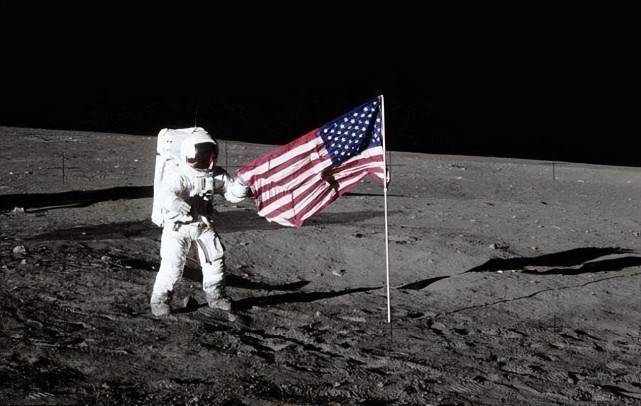
Of course, the act of planting national flags to declare territorial sovereignty has always been the “habit” of European and American powers. To put it bluntly, the main method of territorial expansion is savage “occupation”. Since 1969, this “flag-planting” colonial method has increasingly become an obstacle to the peaceful and stable development of the world. The wave of decolonization has emerged and reached its climax. Many original colonies have gradually separated from the original European and American countries. independence from the control of the great powers.
In the field of space exploration, the fundamental purpose of this “flag-planting” practice is quite different from the territorial possession of the early Earth, because in the space-faring countries and in the hearts of astronauts, there are many flags. The legal significance and consequences are more important, and once the “ownership” of extraterrestrial objects is obtained by planting a flag, it is very likely to cause international disputes, thereby destroying the space project dominated by the United States at that time and its influence on space interest in exploration.
Therefore, in a sense, in order to achieve the purpose of seeking more power to promote the development of its own space exploration business, the United States did not achieve the purpose of occupying the moon by planting the American flag. It has joined with some other space powers and signed the Outer Space Treaty, the second of which is to prohibit countries from claiming space territory.
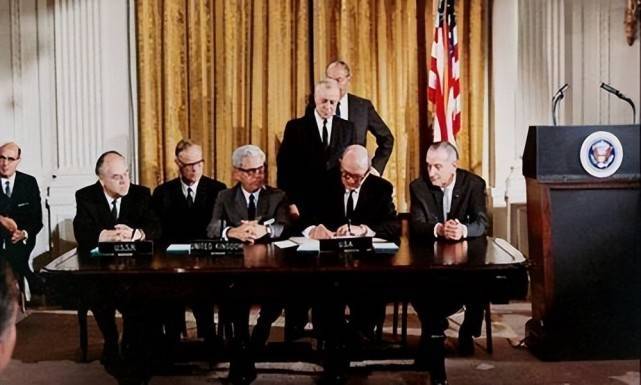
The signing of this treaty was not because of how noble the United States was, but in the context of the global context at that time, the trend of the development of the global aerospace industry, especially in order to maintain the leading “dominant” position in the aerospace field of the United States. restrictive measures taken.
The question of the attribution of resources on the moon is still unclear
Although the signing of the “Outer Space Treaty” has its own background, after more than 60 years of implementation, it has indeed played a very good role in restraining countries in space exploration and space use, effectively avoiding the occupation of land in outer space. possibility of war. From this treaty, we can easily get the answer that the moon does not belong to any country in the world. But what about the resources on the moon?
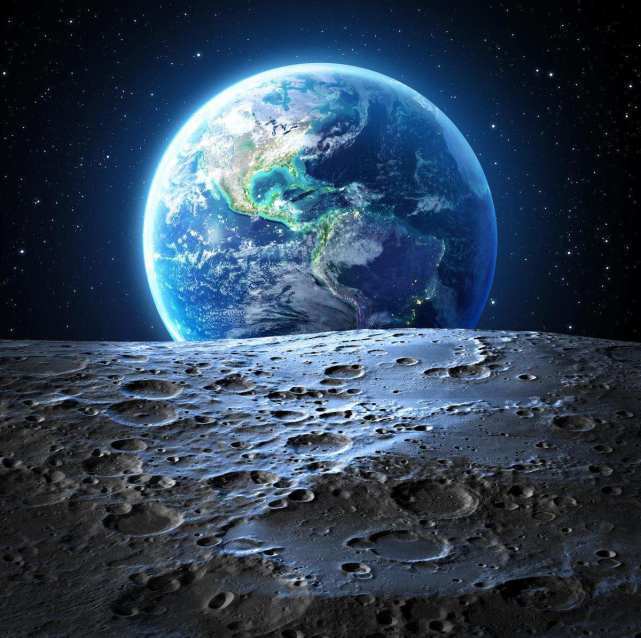
This is indeed a new problem. From the current point of view, although we humans have not landed on the moon for the second time in more than 50 years, at least 6 countries and a large number of commercial companies have publicly announced that they will carry out more than 250 projects in the next 10 years or so. The moon landing and lunar exploration missions, many of which will collect lunar soil and rock samples, and super powers in space, including the United States, China and Russia, are also preparing to build a permanent base on the moon, which will not only conduct in-depth exploration of the moon Exploration and exploration, and more importantly, the assessment, exploitation and use of various resources on the moon.
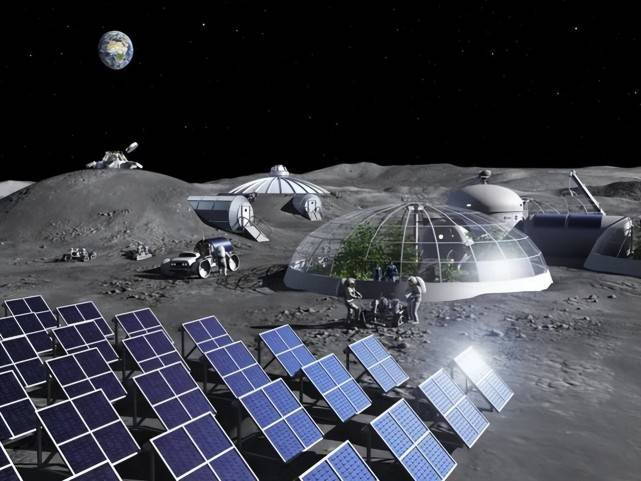
In the short term, some of the moon’s resources are mainly used to support related tasks of lunar exploration and research, while in the long run, the moon and its resources will become a key gateway and springboard for mankind to acquire more “mineral wealth” in the solar system.
The U.S.-led Project Artemis, a coalition of commercial and international partners, has an overarching goal of returning humans to the moon by around 2028. Ultimately, the plan is to build a long-term lunar base. In addition, Russia and China are also preparing to jointly develop a plan for an international lunar research station and invite other countries in the world to carry out international cooperation. Of course, companies like SpaceX, Astrobotic, and others are also developing multiple private missions. All of these missions share some common goals of determining what resources are actually available on the moon, their locations, and assessing the difficulty of extracting those resources.
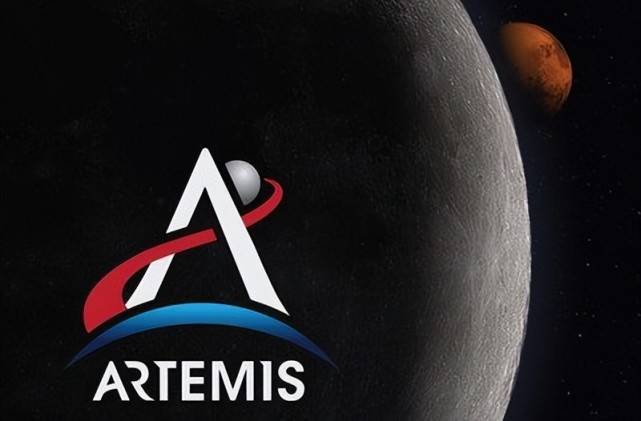
Judging from some unmanned detection and analysis in recent years, the most precious lunar resource is water. In the shadow craters in the polar regions of the moon, water mainly exists in the form of ice, which is necessary for drinking and growing food. When broken down into hydrogen and oxygen, it can also be used as an important fuel to power rockets that return to Earth or fly past the moon. In addition to this, other valuable resources on the moon include helium 3, rare earth metals, etc. However, judging from the detection of the target, there are only a few areas on the moon that contain the above-mentioned precious resources at the same time. Then, in the follow-up exploration activities, it is very likely that various countries will go to the same area of the moon.
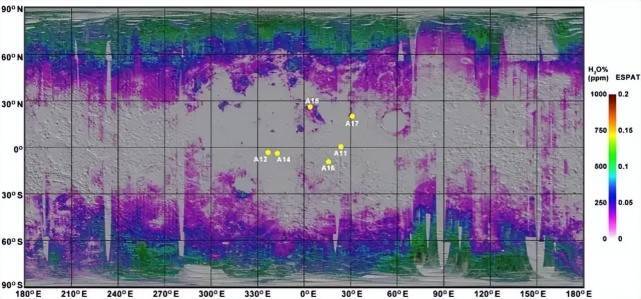
Where should the future development of space resources go?
Article IX of the Outer Space Treaty requires that all space activities be carried out “with due regard to the corresponding interests of others”. Under this framework, many countries are trying to use space resources collaboratively. . Take the United States as an example, they are now actively promoting the “Artemis” plan to return to the moon, and on this basis the so-called “Artemis Agreement” has been formed.
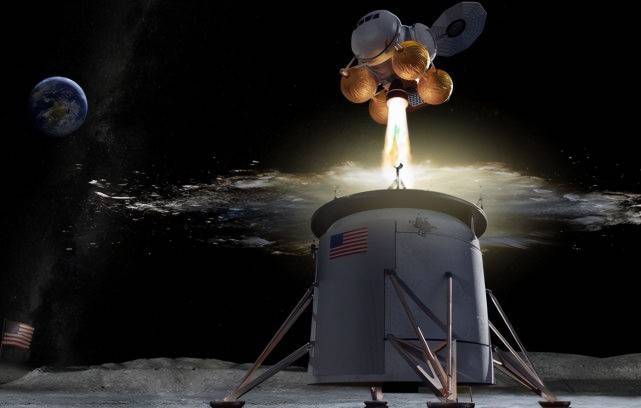
Because the clauses in it are too vague, only some clauses that are beneficial to the development of the US space industry are matched with the Outer Space Treaty. So far, only 21 countries have agreed to this agreement, and it is impossible for some aerospace powers such as China, Russia, and India to agree, let alone join.
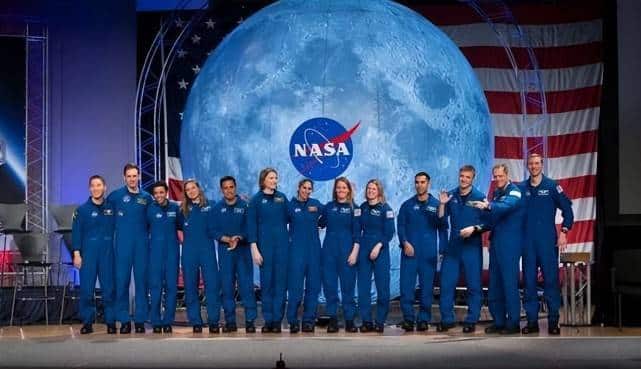
In short, with the passage of time, the issue of resource exploitation and utilization of extraterrestrial celestial bodies such as the moon will inevitably become a prominent contradiction among the aerospace powers. It is still very unclear where to go. All countries recognize a rule, and it will definitely be very difficult.
In June 2022, the United Nations Committee on the Peaceful Uses of Outer Space established the Working Group on Legal Issues of Space Resource Activities. It did not play a substantial role, but after all, it made all countries in the world see the prospect of peaceful cooperation in space resources.



GIPHY App Key not set. Please check settings